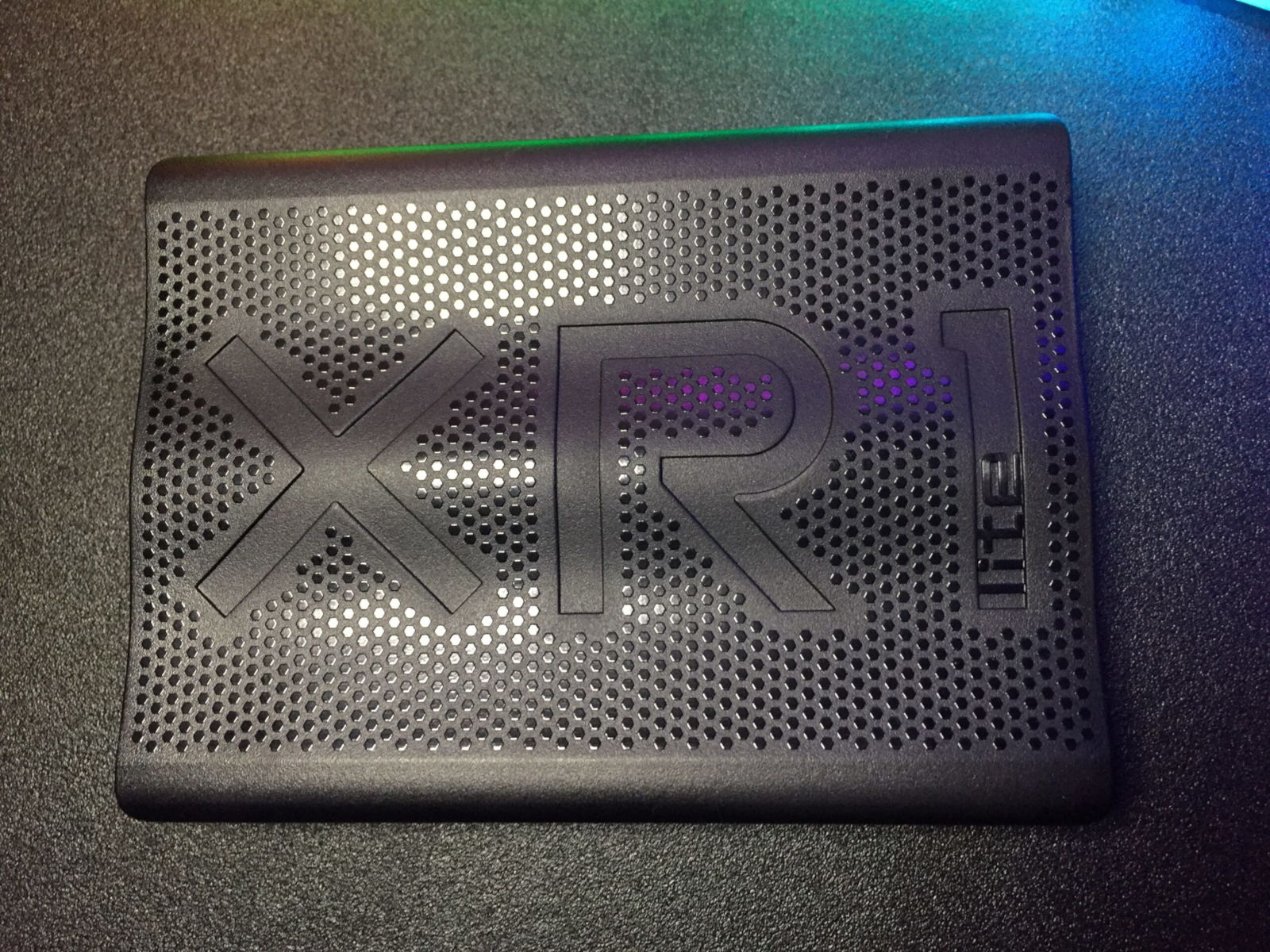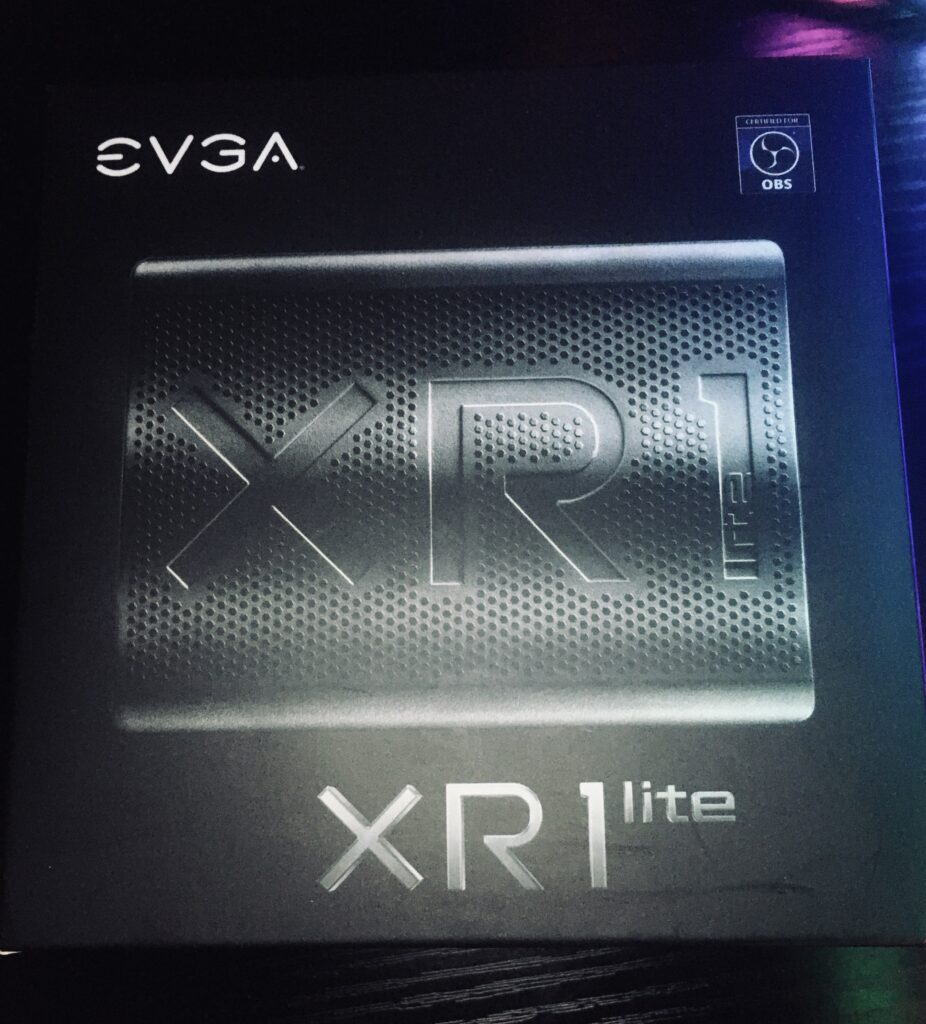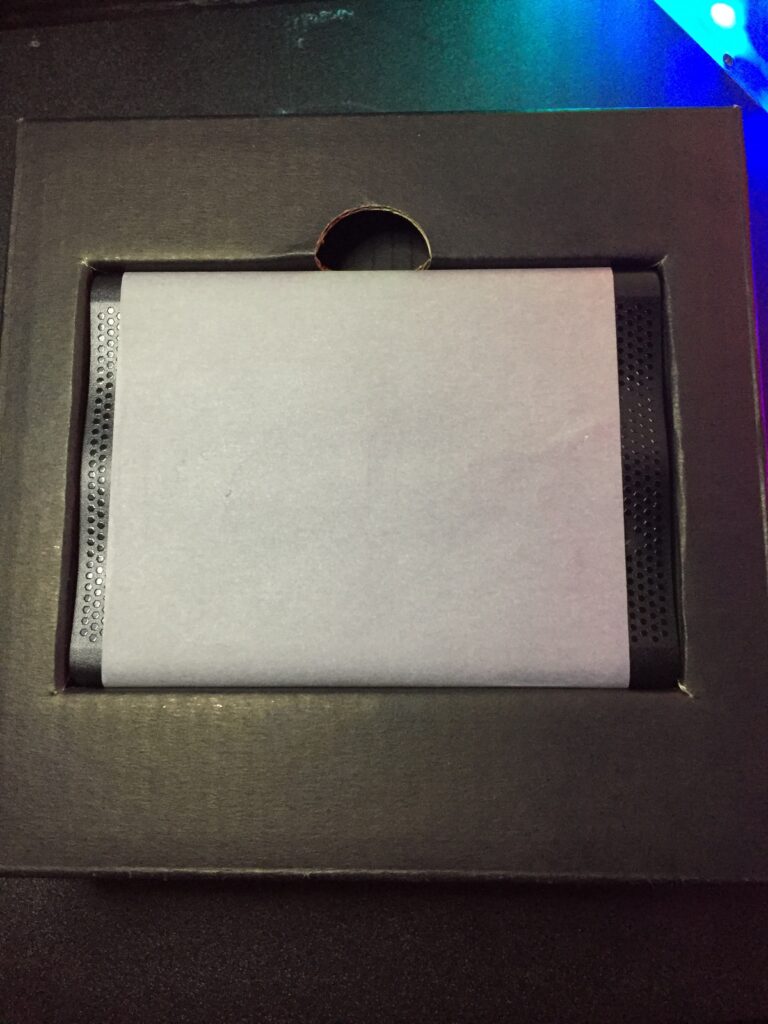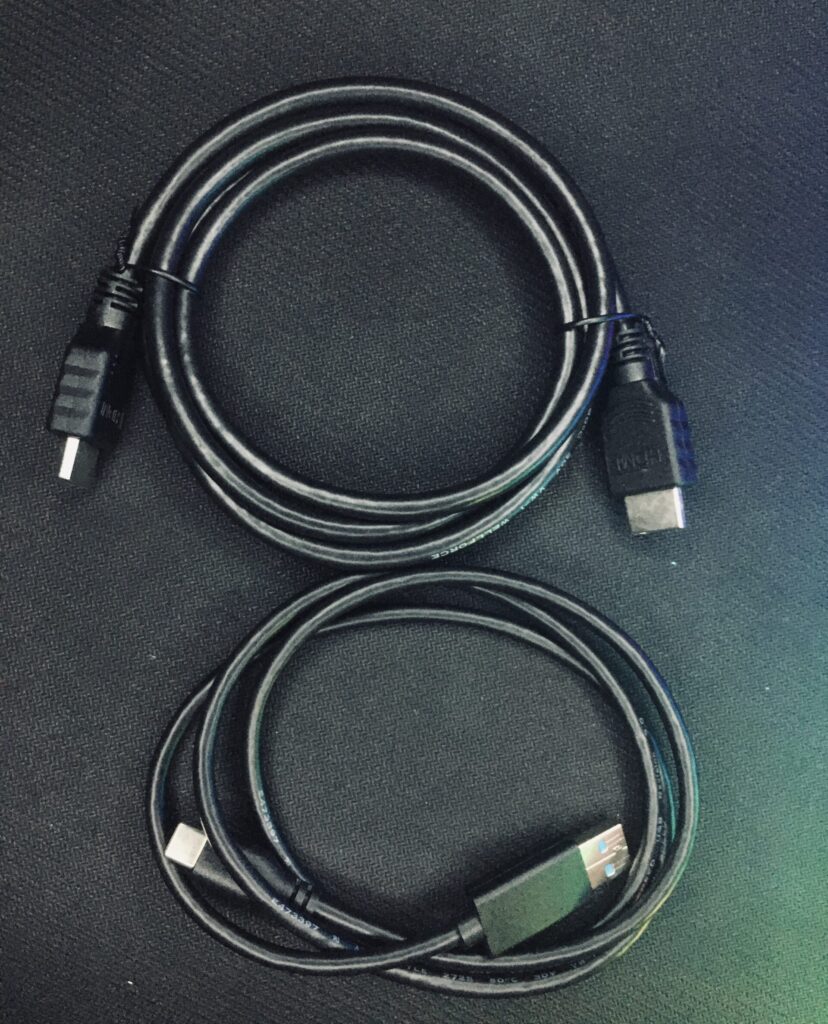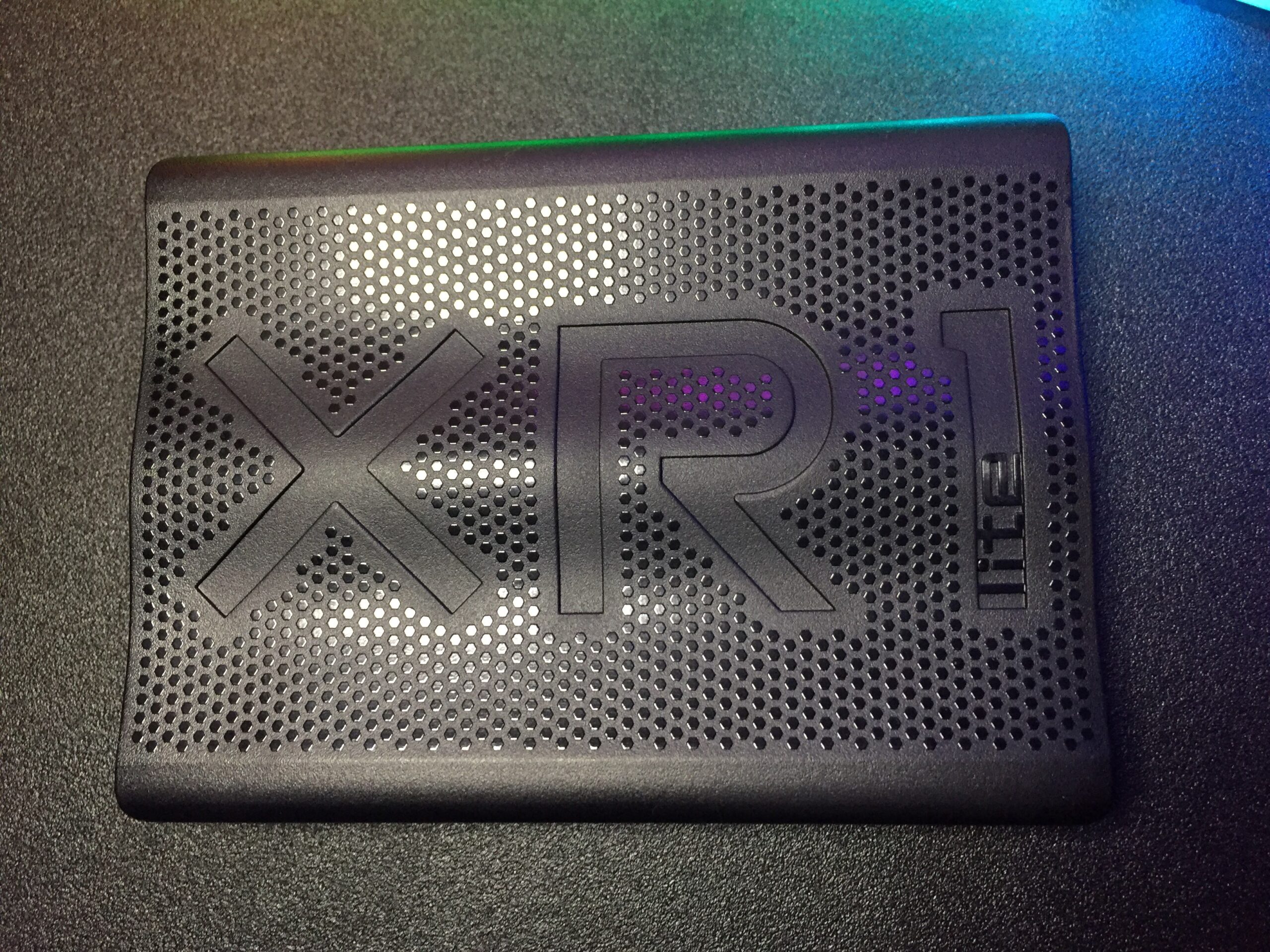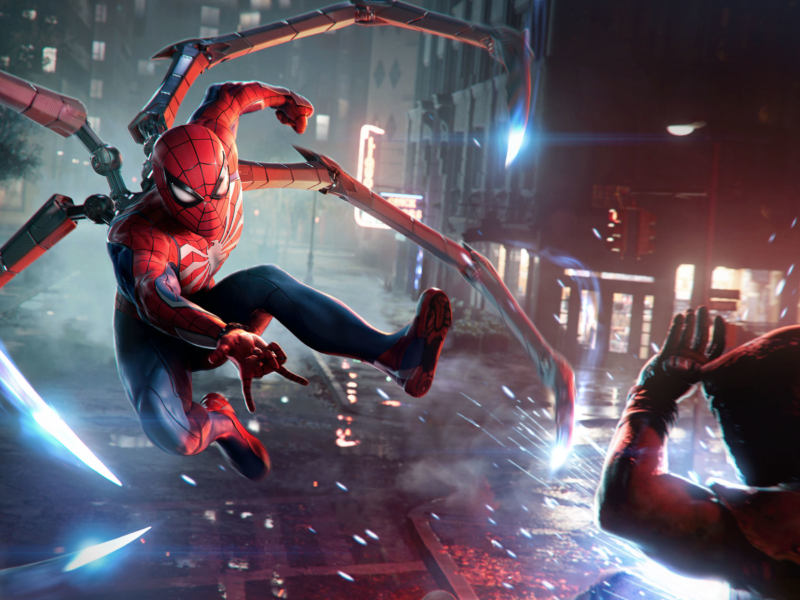Introduction
Today we’re taking a look at the EVGA XR1 Lite, one of the cheapest 1080p60 capture cards on the market. This is EVGA’s 2nd capture card on the market and it’s meant to be a cheaper variant of their XR1 model.
Unboxing
First, you have the box, which isn’t anything special. There’s some information regarding the card itself, and a small “OBS Certified” sticker, but that’s about it. Inside the box, you have the XR1 Lite itself, an HDMI cable, a USB-C to USB-A 3.0 cable, and a quick setup guide.
Straight off the bat, I am thankful for the inclusion of a high quality USB cable. EVGA went the extra mile to include a USB-C cable that does not have the split down the middle of the housing. This is better for structural integrity and longevity and is nice to see included. The HDMI cable is not all too long but it should reach your video input source, given it is not across the room from your recording setup.
My only complaint with the unboxing and included accessories is the lack of a second included HDMI cable. For those who want to use the card’s output to pass through to a secondary TV or monitor, you will need to purchase a separate HDMI cable, if you do not already have one. All in all, I am satisfied with the unboxing experience. While the lack of a second HDMI cable is inconvenient, it is not a deal breaker. Many other cards do not include a second HDMI cable either, even those at a higher price range.
Build Quality
The EVGA XR1 Lite is made out of a plastic top housing screwed into a hard plastic base. The housing feels sleek and robust and I have no doubts it can survive a sudden drop from a desk or backpack. The card itself is very lightweight weighing in at only 75g. The base itself contains all the important information regarding the specific unit, like the Universal Product Code (UPC), the European Article Number (EAN), and the Serial Number. The included USB-C and HDMI cables sit snugly inside the USB-C and HDMI ports (respectively) and do not disconnect easily. There is a small indicator light on the top of the unit that shines a different color depending on the current status of the capture card:
- Solid red light indicates no source found, HDCP Protected, Scaling not supported, and update failure.
- Blinking red light indicates an update is in progress.
- Purple light indicates power on idling USB 2.0 mode.
- Blinking purple light indicates active in USB 2.0 mode.
- Blue light means indicates active in USB 3.0 mode.
- Blinking blue light indicates idling in USB 3.0 mode.
The unit itself gets slightly warm during use but never gets hot to the touch. The unit is very small and lightweight and is great for on-the-go use as well as regular desktop use.
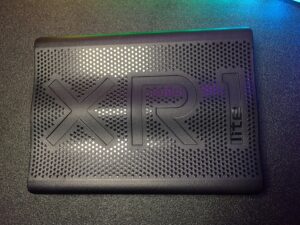
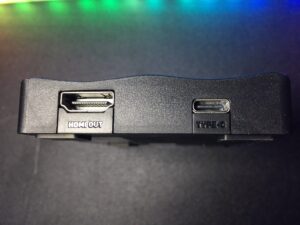
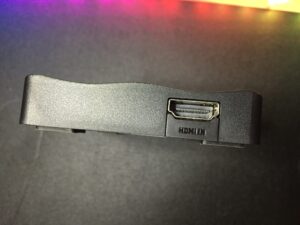
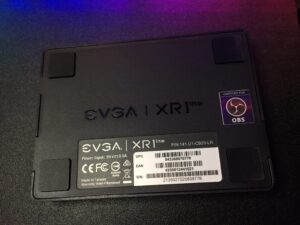
Specifications
The Basic:
The EVGA XR1 Lite supports up to 1080p capture at 60FPS, this is a good middle ground which covers decent visuals with fluid motion. For those looking to stream on websites like Twitch, this is the maximum the website natively supports as of now. The unit also supports 4K passthrough at up to 60FPS. This is awesome for those looking to game on their 4K display and want to stream or record gameplay at 1080p.
The Less Basic:
The EVGA XR1 Lite supports up to 1080p60 capture with 4:2:2 chroma subsampling through YUY2. It also supports 4:2:0 through NV1. 4K60 passthrough has no perceivable latency and works flawlessly. YUY2 is the preferred video format to capture in due to its greater visual integrity, lower latency, and capability for higher fidelity video. NV1 works great if you’re limited to a USB 2.0 connection.
Most other capture cards in this price range may advertise 1080p60 capabilities, but they are physically incapable of doing so. This is partly due to the fact that they use the cheap MS2109 chipset. For example, the Cheap Generic USB Capture Cards, Genki Shadowcast, and the Atomos Connect, to name a few. While these cards may output 1080p60 video and record at that resolution, they will have issues processing the signal.
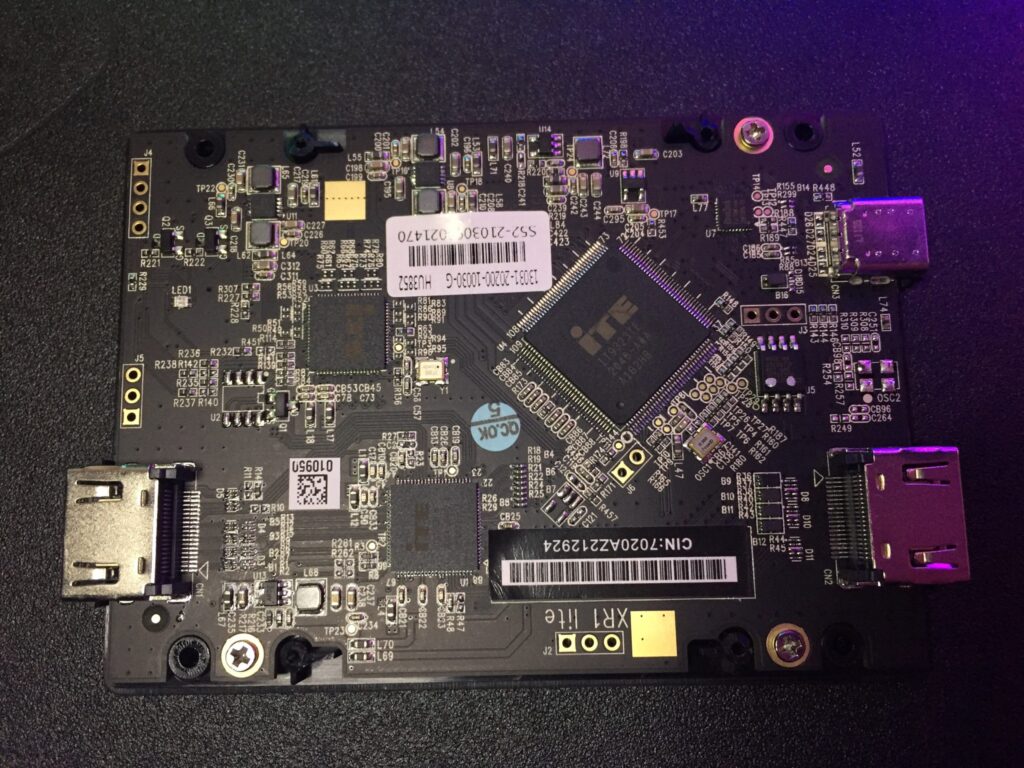
Performance
Letting all previous points aside. How’s the performance? Well… great, actually!
The Good:
Starting things off, I am very impressed by the sheer quality of this device. The performance you get from this unit is what you’d expect out of a capture card that costs significantly more!
The EVGA XR1 Lite doesn’t have an official maximum bitrate, but 40,000kbps seems to work with absolutely no issues. The video quality is phenomenal, especially for the price. I was also impressed by the lack of artifacting or bad chroma subsampling. There was no frame skipping, color compression, bitrate compression issues or color inaccuracy issues present. The video latency was not bad. I wouldn’t recommend playing off of something like the OBS preview, but if you really needed to, it wouldn’t be a terrible experience. Audio reproduction was fine and there was no perceivable compression or loss in quality. 4K60 passthrough works great and there is absolutely no latency.
The Bad:
The audio latency was not great. For example, there was a pretty noticeable delay between a gun being shot in game and the sound of the bullet being fired. This isn’t an issue at first, but progressively gets worse the longer you record. This is easily remedied by setting up the capture card as its own audio device in control panel. But is still an inconvenience nonetheless.
Snapshots I took while playing a couple of my favorite games. The stair-stepping present on the edges of objects are not compression artifacts, it’s just how the models look being rendered straight from the console itself.
Compatibility
The XR1 Lite is a UVC-compliant device. This means it doesn’t need any third party drivers to work correctly and works right out of the box. It natively works on most software that support video inputs because of this.
Often times, the scaler built inside your capture card cannot handle low resolutions properly, especially those run through upscalers. While this may not be important to the majority of people, it’s detrimental to those looking to capture footage of their retro game consoles.
Some capture cards like the Startech USB to HDMI capture card, Blackmagic Design Intensity Pro 4K, and the original Elgato Game Capture HD, have native support for analog connections and signals. But these are either pricey, no longer in production, or still suffer with low resolution capture. For those looking to capture 480p signals (whether that be native or upscaled), the XR1 Lite has you covered. When connected to something like a RetroTink 2x or XRGB-Framemeister, the XR1 Lite has little to no issues processing and capturing the output signal.
Quick Background Info
Both on paper and in practice, the XR1 Lite performs great! But what are your other options? The other options in this price range would be the Genki Shadowcast, the Atomos Connect, and the Generic USB Capture Card.
While these cards are good in their own right, they simply cannot compete with the XR1 Lite’s value proposition. These cards are limited to 720p60 or 1080p30 or can do 1080p60 with reduced quality. Also, they are locked to inferior video formats with worse chroma subsampling and worse visual integrity. USB 2.0 is also common to be used as their interface, which increases latency by a considerable margin. At it’s current price of $59.99, there just isn’t anything that can directly compete with the XR1 Lite.
The Elgato HD60S has widely been known to be one of the greatest 1080p60 capture cards on the market for its great latency and great image processing. The XR1 lite comes very close to the quality of the HD60S for a fraction of the price! While the XR1 Lite has more latency, especially with its processing of audio, the image processing is very similar to that of an HD60S. For those who want to start recording video or streaming video to services like YouTube or Twitch, but don’t have the budget for an Elgato HD60S, the XR1 Lite is my top recommendation.
Conclusion
For years, I have been waiting for a ~$50 capture card that can do 1080p60 capture with very little compression or serious compromises, the XR1 Lite finally fills the void in this price range that used to be limited to low quality capture cards that were hardly capable of doing uncompromised 1080p60 capture. The XR1 Lite is far from perfect, and it’s definitely not contender for best capture card ever, but it clearly shows that it is truly possible to make an astounding product at such a low price.
The XR1 Lite is what all budget capture cards should strive to be: reliable with all the features you need and none of the ones you don’t, while still managing to perform great.
